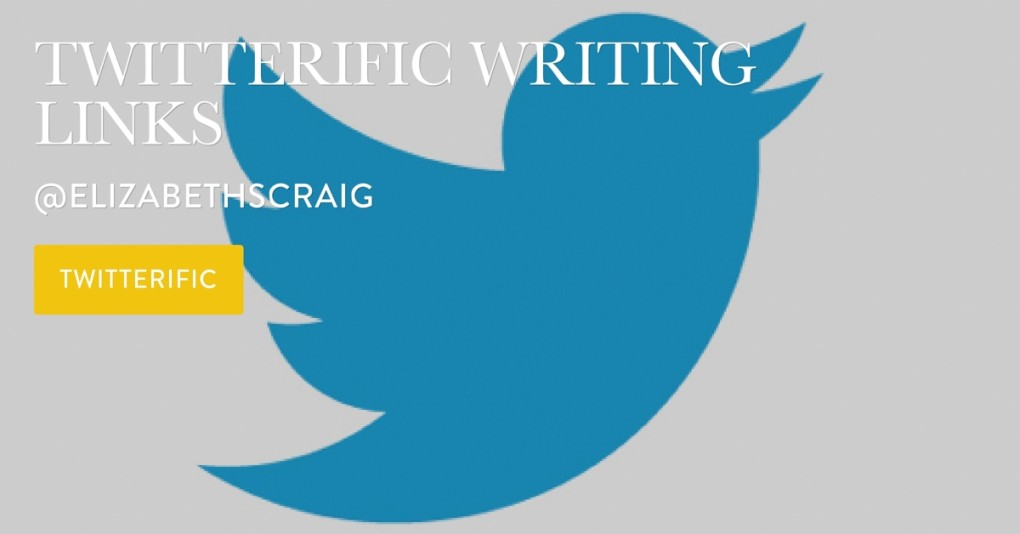by Elizabeth S. Craig, @elizabethscraig
A while back (far enough back that I can’t remember the source), I read an article that suggested writers should include their backlist titles in their author newsletter.
This surprised me. I think of my newsletter as valuable real estate. Did I really want to clutter it up with a list of 25 books? I also figured that most of the readers who signed up for my newsletter were focused on hearing about new releases…that they’d likely read most/all of the other books.
But the argument in this blog post I read was fairly convincing. For the newsletter that went out for my last release, I included (at the bottom of the newsletter) a full backlist of my three series, with each title linked to the specific book’s page on my website (which has complete ordering information for a variety of different retailers and formats).
To my surprise, when I read my newsletter stats, I saw that, aside from the link for the new release, the most clicks were for various books in the backlist…in particular, the first book in the Myrtle Clover series.
Since I write under several names, it occurred to me that maybe some of my readers weren’t even aware that I had other series.
Maybe some readers were clicking on book one to give it as a gift to a friend or family member to start them on a series that they enjoy.
Maybe some readers simply couldn’t remember if they’d read a particular book or not.
At any rate, it was something that took very little effort on my end (I just copy-pasted my back matter from a document I keep for that purpose) and it resulted in a nice bump in sales for my backlist.
As an extra step, you can link to a printable list of your backlist in PDF form (with ISBNs) for those readers who like to order from bookstores.
For more ideas on elements for your author newsletter, read “50 Ideas for Author Newsletter Content” by Zoe McCarthy.
Have you ever included a book list in your newsletter? What else have you included in your newsletter that has received a good response from readers?
One important element for your newsletter: Click To TweetPhoto on Visual Hunt





